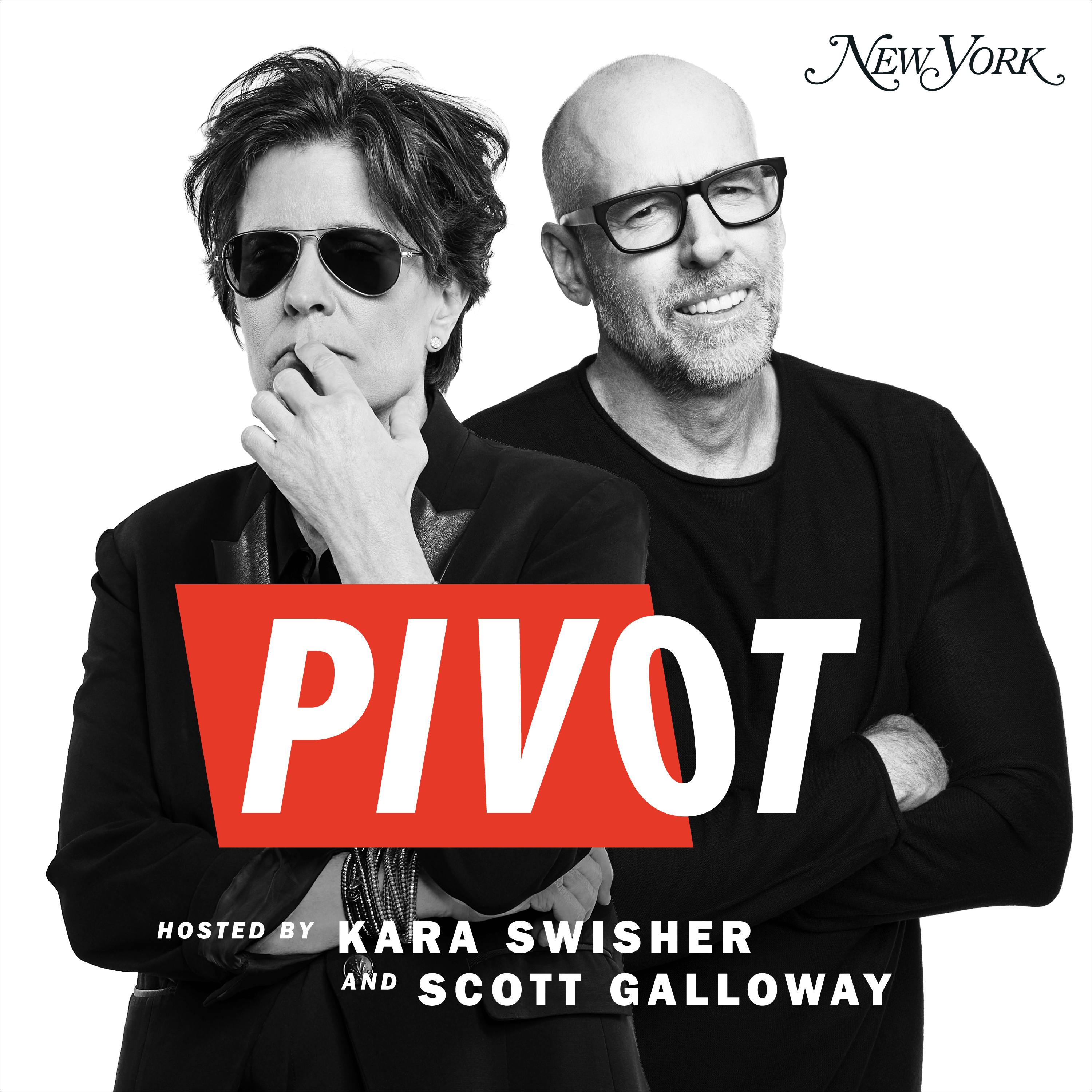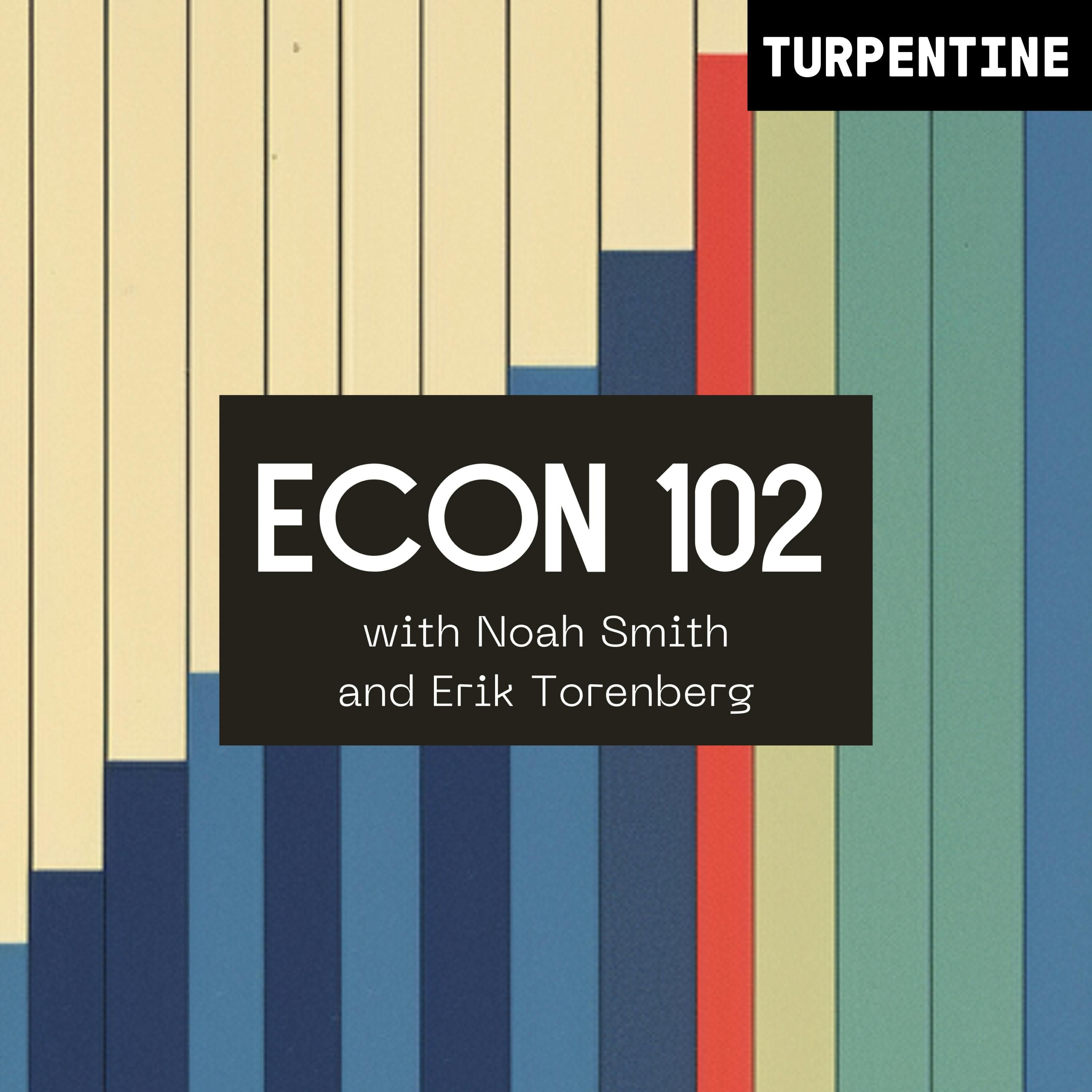PortalsOS
Related Posts
Vote to see vote counts

NVIDIA's $100 billion investment in OpenAI involves using NVIDIA's AI semiconductors in OpenAI's data centers, raising concerns about late-stage bubble dynamics similar to past tech bubbles.
Despite skepticism about the feasibility of OpenAI's deals, Broadcom's market value surged by $150 billion following the announcement, driven by excitement over AI and data centers.

Analysts are warning about AI bubble fueled by companies pouring money into each other's coffers. It's a ticking time bomb!

The current AI investment is staggering, with projections indicating spending equivalent to an Apollo program every 10 months. This includes $400 billion by major tech companies this year alone.

Concerns about AI progress moving too fast are matched by worries about it not moving fast enough, as AI CapEx now exceeds 1% of GDP.

The AI economy might be headed for a collapse due to circular deals, as seen with recent agreements between AMD and OpenAI, and NVIDIA and XAI. This has led to widespread recognition of a potential bubble in the market.

OpenAI's compute commitments now exceed $1.2 trillion, which is five times what all of big tech plans to spend on CapEx this year. This is also more than 90 times larger than OpenAI's projected $13 billion in revenue for this year.

AI is likely to experience a financial bust due to over-financing, similar to past tech bubbles, where the cost of capital becomes unsustainable.

The circular nature of these deals, where companies like Nvidia invest in AI startups who then buy their chips, is raising fears of a bubble in AI.
The AI bubble remains large but hasn't popped. Companies like OpenAI are selling a high-margin story while hoovering capital cheaply and investing in infrastructure, which may not depreciate as fast as expected.
